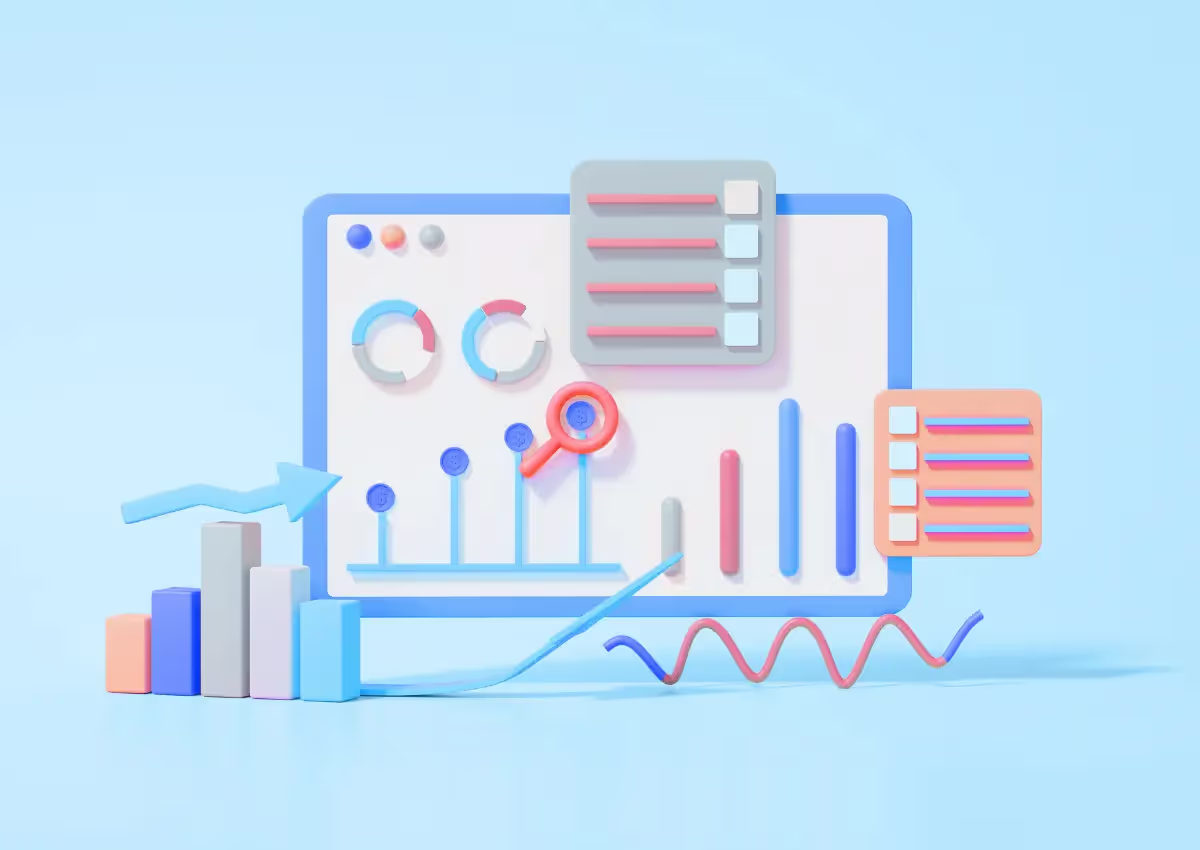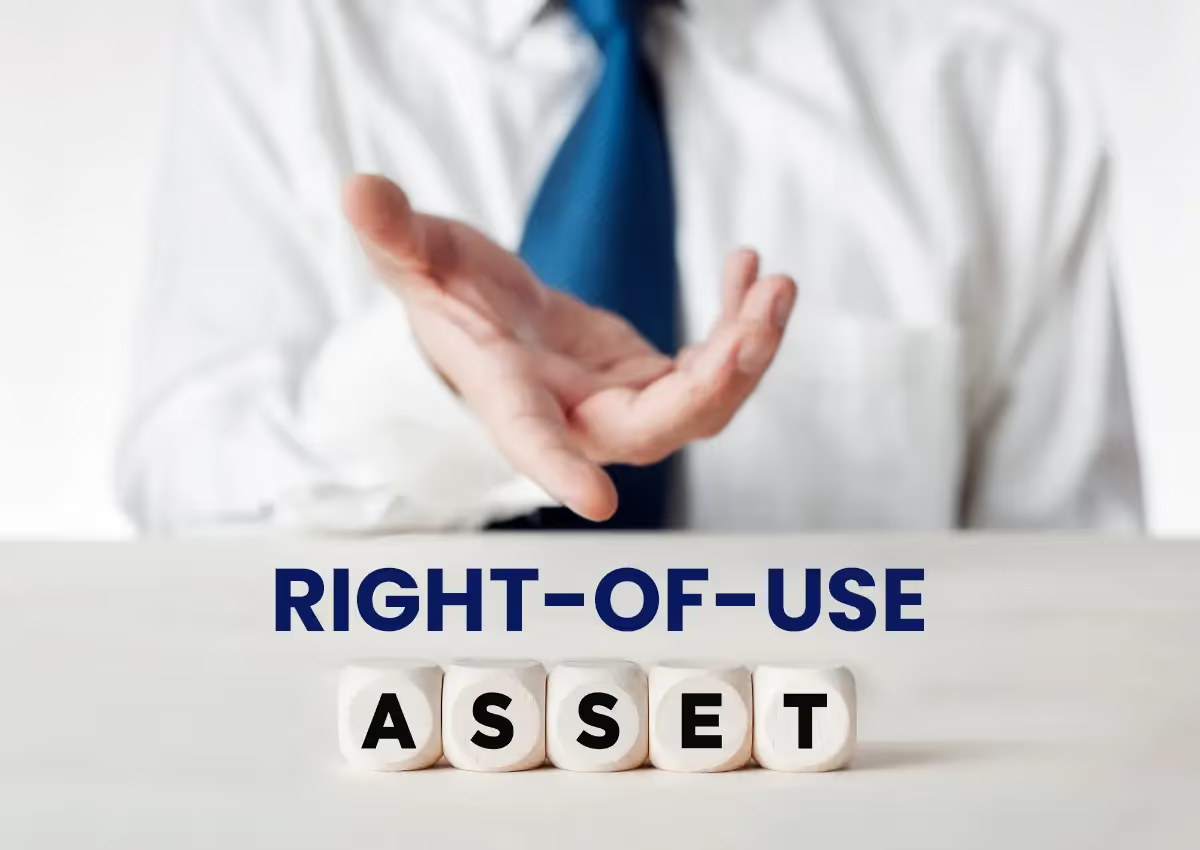Netgain on: General ledger
The general ledger serves as the central repository for an organization's financial transactions. Learn the basics and more in this comprehensive guide.

The general ledger (GL) serves as the central repository for an organization's financial transactions, providing a comprehensive record of income, expenses, assets, liabilities, and equity.
It stands as the backbone of a company's financial system and plays a crucial role in creating financial statements for accurate financial reporting.
Read on to learn more about the general ledger and its importance in financial management.
What is a general ledger?
The general ledger (GL) is a comprehensive and systematically organized set of numbered accounts that meticulously logs and monitors every financial transaction, including sales, expenses, assets, liabilities, and equity. It's used to keep track of financial transactions and generate comprehensive financial reports.
It's a financial powerhouse that serves dual functions, acting as both a vigilant monitor of a company's financial situation and a meticulous tracker of transactions and cash flow. In essence, it offers a real-time glimpse into the fiscal health of an organization and generates detailed business-related reports, making it an indispensable tool for maintaining financial integrity.
Each account within the GL is a distinct record that encapsulates a particular type of asset, liability, equity, revenue, or expense. As transactions occur, they are cataloged in the appropriate account within the GL.
Why are general ledger accounts used in businesses?
General ledger accounts play an indispensable role in businesses because they function as a comprehensive repository for all financial transactions. By utilizing general ledger accounts, businesses can ensure the accuracy and integrity of their:
- Financial Statements: These statements, such as the balance sheet, income statement, and cash flow statement, provide a snapshot of a company's financial health and performance. General ledger accounts serve as the primary source of data for compiling these statements, as they contain the necessary information to calculate revenues, expenses, assets, and liabilities.
- Accounting Records: General ledger accounts serve as the foundation for maintaining accurate and complete accounting records. They provide a detailed trail of every financial transaction, allowing businesses to track and analyze their financial activities over time. These records are crucial for various purposes, including internal decision-making, tax compliance, audits, and financial reporting.
- Trial Balance: In addition to supporting financial statements and accounting records, general ledger accounts play a crucial role in preparing the trial balance. The trial balance is a summary of all the account balances in the general ledger, categorized into debit and credit columns. Its purpose is to ensure that the total debits equal the total credits, providing a preliminary check on the accuracy of the accounting entries.
How do you maintain and update a general ledger account?
Maintaining and updating a general ledger account is essential for accurate financial record-keeping and analysis. The process involves several key steps, including:
- Account Establishment: Whether manually or through accounting software, each account, such as assets, liabilities, equity, revenue, and expenses, must be clearly defined and uniquely numbered.
- Transaction Recording: Every financial transaction needs to be diligently logged into its corresponding account. The transaction details, including date, amount, and type, should be inputted with utmost precision.
- Reconciliation: This critical step involves aligning account balances with bank statements and making adjustments as required. Regular reconciliation safeguards ledger accuracy and wards off potential errors.
- Periodic Reviews: Whether performed manually or via software, these regular check-ups ensure that discrepancies or inaccuracies between account balances and bank statements are promptly rectified.
Examples of general ledger accounts
The general ledger is a fundamental component of an organization's accounting system, serving as a centralized record of all financial transactions. It consists of various accounts that categorize these transactions into specific groups. Examples of general ledger accounts include:
- Assets: These are the economic resources at a business's disposal, forming the bedrock of its operations. Key assets range from liquid funds like cash and accounts receivable to inventory and prepaid expenses, investments, and long-term assets such as property, plant, and equipment.
- Liabilities: These represent the financial obligations a business must fulfill. Common liabilities include accounts payable, notes payable, accrued expenses, and more substantial burdens such as long-term debt.
- Equity: This refers to the residual interest remaining in the business's assets once all liabilities have been deducted. Notable equity accounts include common stock, retained earnings, and treasury stock.
How do you set up a general ledger account?
Setting up a general ledger account requires a systematic approach to ensure accurate and organized financial records. Here are the steps involved:
- Create A Chart Of Accounts: Kickstart the process by crafting a “chart of accounts.” This catalogs all accounts that will be employed to monitor the transactions transpiring within your business. Allocate each account with a unique identifier (a distinctive name and number).
- Input The Initial Balances: Input the “beginning balances” for every account. This refers to the funds available in each account at the inception of the accounting period. Record these beginning balances in the general ledger.
- Record The Transactions: Diligently log all the business transactions during the accounting period, including sales, purchases, payments, and receipts. Ensure all these transactions are chronologically recorded in the general ledger.
- Calculate The Final Balances: Compute each account's "ending balances" by summing up all transactions made over the accounting period. Note these final balances in the general ledger.
In crafting your general ledger, section each account (like the asset account) into two columns. On the left, record your debits, while credits should be noted on the right. Assets and expenses find their place on the ledger's left, while liabilities, equity, and revenue are situated on the right side.
How do you fill out your general ledger?
To fill out your general ledger, follow these steps:
- Identify Relevant Accounts: Begin by pinpointing the accounts necessary for your ledger. This could encompass various facets like cash accounts, accounts receivable, and accounts payable.
- Log Transactions: Upon establishing your accounts, proceed to record the corresponding transactions. Ensure the inclusion of comprehensive details such as the date, transaction amount, and a brief description. Also, remember to incorporate the unique account number associated with each transaction.
- Total The Transactions: After all transactions have been logged, calculate the cumulative amount for each account. This is achieved by summing up the transaction amounts under each account. Record this total in the appropriate ledger column.
- Reconcile Your Ledger: Double-check the accuracy of the entries by ensuring that the debits and credits are balanced. The debit column's total should equal the credit column's total. In case of discrepancies or imbalances, review the transactions and make any necessary corrections. Reconciling your ledger ensures the integrity and accuracy of your financial records.
What can a general ledger tell you?
A general ledger can provide valuable insights and information about an organization's financial position and performance. Here are some key things that a general ledger can tell you:
- Account Balances: The general ledger shows the balances of each account, including assets, liabilities, equity, income, and expenses. It provides a snapshot of the business's financial status at a given time.
- Budgeting And Planning: By comparing the account balances and transaction details, businesses can evaluate their performance against the set targets and make informed decisions for future planning and budgeting.
- Historical Records: The general ledger serves as a historical record of financial activities over time. It enables businesses to track and review past transactions, facilitating historical comparisons, trend analysis, and forecasting.
- Audit And Compliance: A well-maintained general ledger provides a comprehensive trail of financial transactions, making it easier to undergo audits and comply with regulatory requirements. It ensures transparency, accuracy, and accountability in financial reporting.
What are the common mistakes in general ledger management?
Some common mistakes can occur while setting up and managing a general ledger. It's important to be aware of these errors to maintain accurate financial records. Here are some common mistakes in general ledger management:
- Neglecting Regular Account Reconciliation: One of the common errors is the failure to reconcile GL accounts regularly. This lapse often leads to unnoticed errors, resulting in discrepancies that can accumulate over time.
- Delaying Updates To General Ledger: The GL should always reflect the business's real-time financial state. Delayed updates can result in the proliferation of outdated or inaccurate information, adversely affecting financial decisions.
- Overlooking Transaction Analysis: Forgoing detailed transaction analysis can prevent the early detection of discrepancies or errors in the GL. Regular analysis ensures data accuracy and helps recognize unusual transactions that warrant additional scrutiny.

